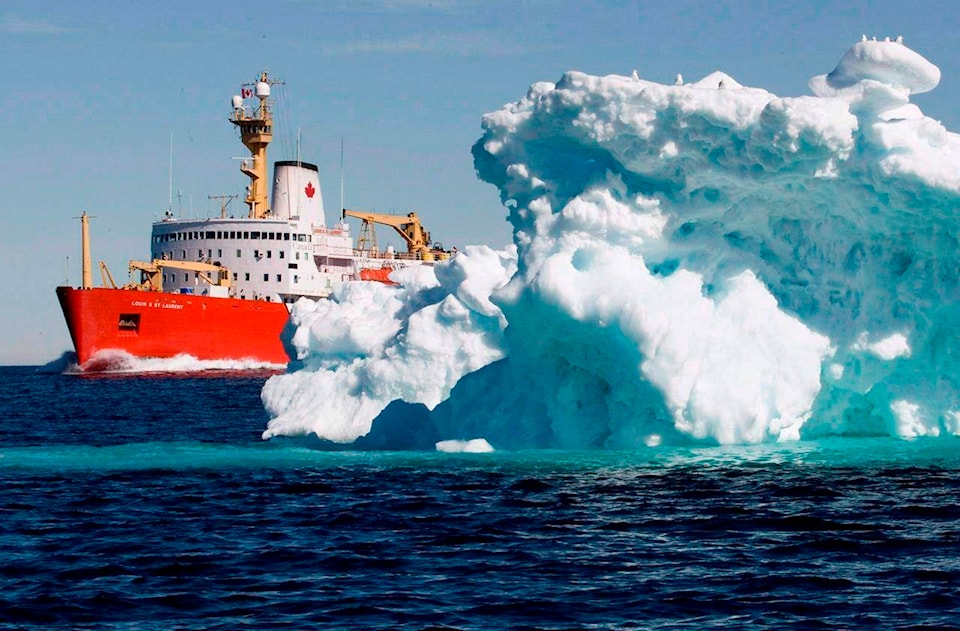The federal Liberal government is adding a second heavy icebreaker to its long-term plans for the Canadian Coast Guard, a move that will likely head off a messy battle with Canada’s shipbuilding industry but could come at a cost to taxpayers.
Liberal cabinet ministers surprised many on Thursday as they announced the government it is tapping Vancouver’s Seaspan Shipyards and Quebec-based Chantier Davie to each build a new heavy icebreaker for the coast guard over the decade.
The decision represents the latest wrinkle in the federal government’s multibillion-dollar national shipbuilding plan and follows two years of questions — and intense lobbying from the shipyards — over Ottawa’s plans for the CCGS John G. Diefenbaker.
First announced by Stephen Harper’s Conservative government in 2008 and awarded to Seaspan in October 2011, the Diefenbaker was one of seven ships to be built by the Vancouver shipyard through Ottawa’s multibillion-dollar shipbuilding plan.
The Diefenbaker was arguably the crown jewel of the package. Originally budgeted at $721 million, the icebreaker was supposed to be delivered by 2017 and replace the Coast Guard’s flagship, the CCGS Louis S. St-Laurent.
But scheduling conflicts, technical problems and other issues scuttled the timeline and budget — which was increased to $1.3 billion in 2013 — before the Trudeau government quietly lifted the ship from Seaspan’s order book in August 2019.
While Seaspan said it was determined to win the vessel back, Davie was considered its chief competitor. After losing out of the competition for work in 2011, the rival yard has since charged back and is now in line to build six medium icebreakers for the Coast Guard.
The Quebec company insisted it — not Seaspan — was best placed to build the Diefenbaker, particularly given it is already in line to build the other six icebreakers. The two rivals subsequently engaged in fierce lobbying campaigns to secure the work.
In the end, Ottawa decided to take a page out of Oprah’s book and gave both of them a new icebreaker.
During a background briefing ahead of Thursday’s announcement, senior civil servants said the decision to build two heavy icebreakers reflected the changing conditions in Canada’s increasingly accessible Arctic regions.
They also defended the decision to split the work between the two shipyards, rather than give both icebreakers to one, as a prudent step given the pressing need to get the two vessels in the water as soon as possible.
The St-Laurent is currently scheduled to be retired in 2030 while the Coast Guard’s other heavy icebreaker, the CCGS Terry Fox, is set to follow suit in 2032.
Yet while the decision to split the work is also likely to end the at times bitter battle between Seaspan and Davie, it will almost certainly come with a hefty price tag.
The federal government has previously emphasized the savings that come with one shipyard working on multiple models of the same vessel, with the first vessel in a class costing much more and taking much longer than those that follow.
The officials declined on more than one occasion Thursday to provide any cost estimate or budget for the two icebreakers, saying such information would be provided at an appropriate time.
They did acknowledge, however, that the cost will exceed the previous $1.3-billion estimate for the Diefenbaker alone, which was first established in 2012 and has been under review for several years.
Lee Berthiaume, The Canadian Press
Like us on Facebook and follow us on Twitter.
